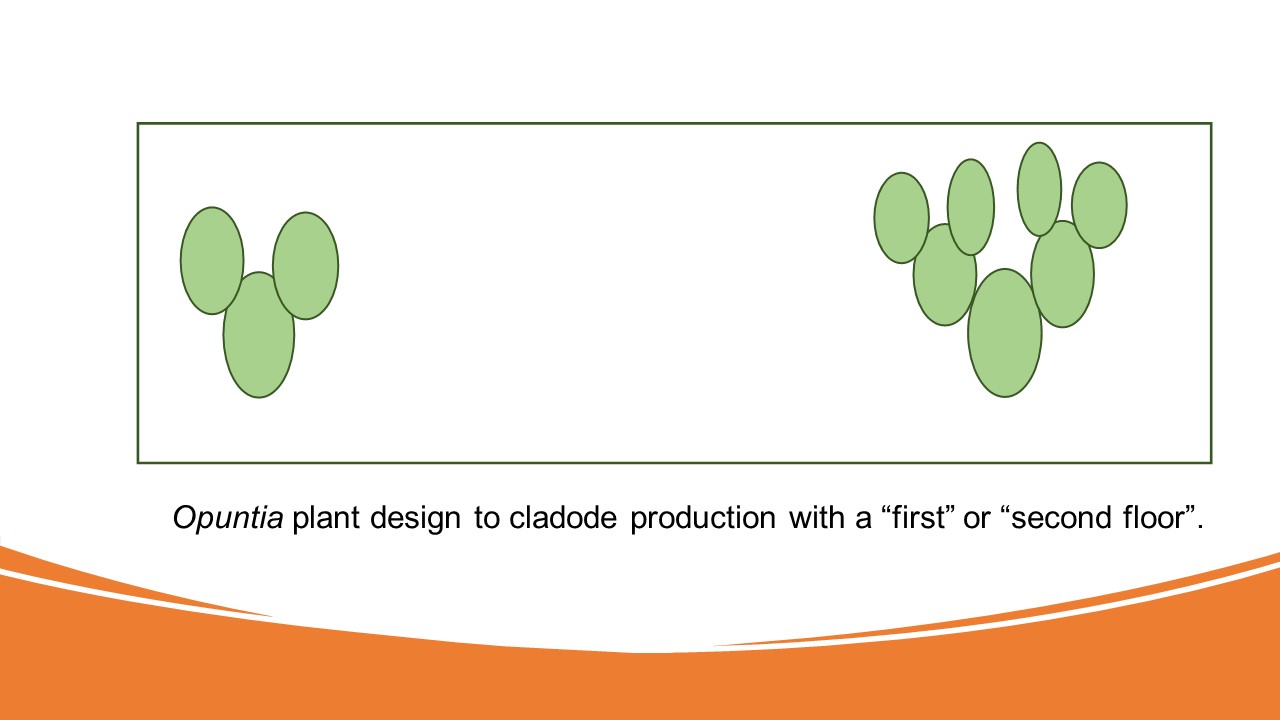Aerobic semi-solid fermentation of Opuntia megacantha as feed supplement and its effect on dairy cows (Holstein)
DOI:
https://doi.org/10.56890/jpacd.v23i.351Keywords:
Biotechnology; forage; protein; animal production; milk cows.Abstract
Fermented prickly pear (Opuntia megacantha) has been used as forage in goats and sheep. Thus, the objectives of this study were to assess bimonthly production of cladodes var. Narro, compare the quality of those fermented versus non-fermented, and assess the effect of fermented cladodes in milk production of Holstein cows in stables (La Partida, Matamoros, Coahuila, México). Central pivot irrigation was used to water prickly pear plantation with a density of 17,500 plants ha-1. To assess cladode quality (proximal analysis) before and after fermentation, a completely randomized bifactorial design was used -non-fermented (N-0) and fermented (N-F) cladodes- with three replicates each. To assess the fermented cladode effect in milk production, a completely randomized design was established with first-calving Holstein cows where each one represented one replicate. The treatments were two diets, Dnor (normal) and Dnop (fermented cladodes). The results showed sufficient bimonthly production (14,380.8±1,676 kg t ha-1) of fresh prickly pear leaves for daily bio-digestor functioning (200 kg). Crude protein content and metabolizable energy showed significantly greater and contrasting values compared with non-fiber carbohydrate content (sugars and starch), showing a significant decrease in fermented cladodes with respect to non-fermented. Other proximal components did not show significant differences between both N-F vs N-0 cladodes. Average milk production increased when cows changed from Dnor (26.08 ± 4.8 L Day-1) to Dnop (30.07 ± 5.3 L Day-1) diets, recording three groups with less, medium, and greater significant increase in milk production. No correlation was found between production and increase.
Publication Facts
Reviewer profiles N/A
Author statements
Indexed in
- Academic society
- Journal of the Professional Association for Cactus Development
- Publisher
- Professional Association for Cactus Development




